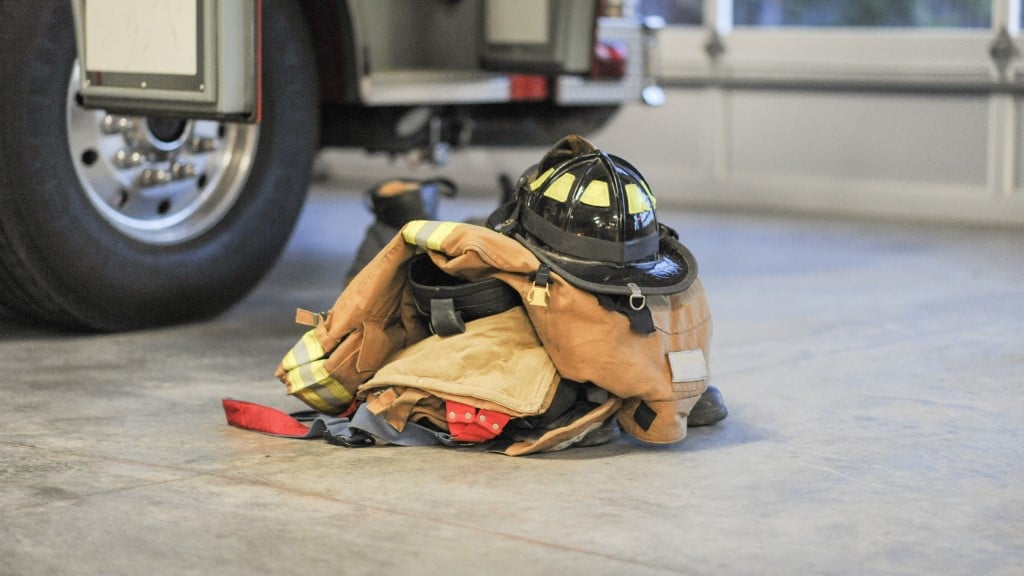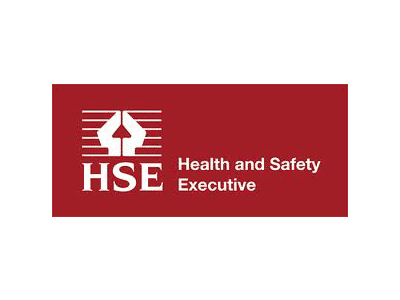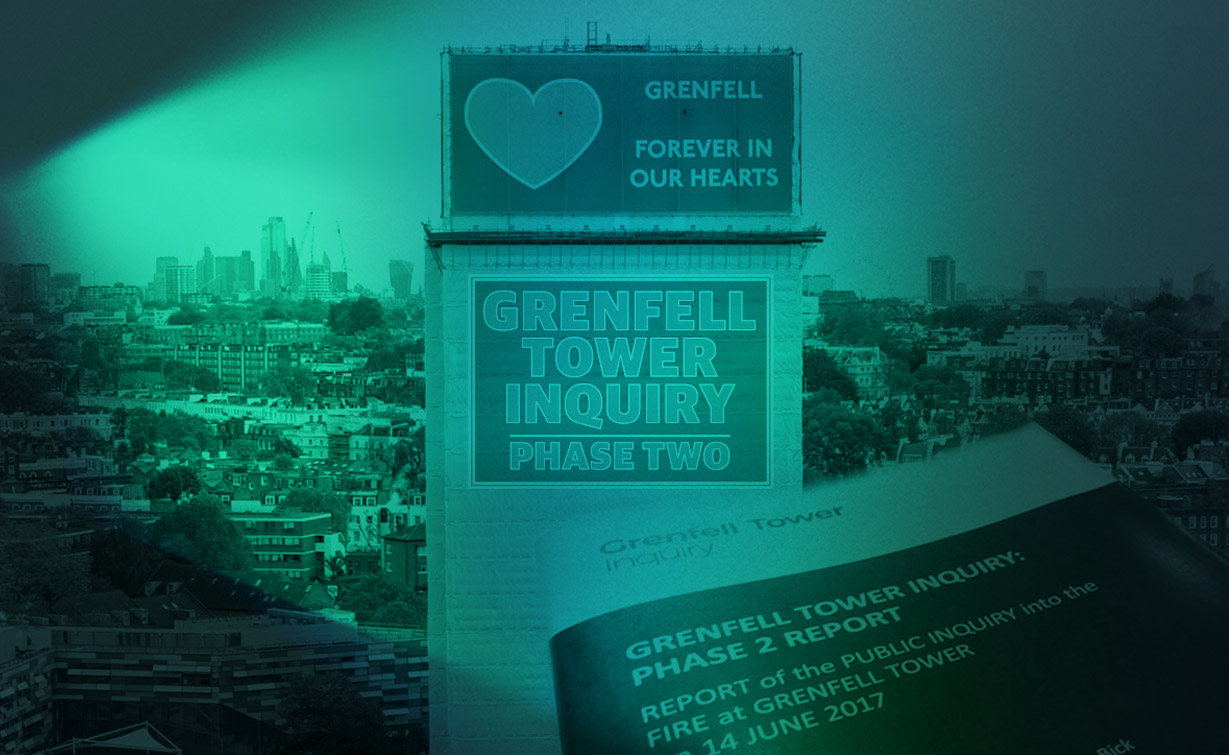October 27, 2022
Façade Maintenance and BS 8210:2020
Building owners and occupiers have a legal duty to ensure their building is safe. If injury or damage is caused to visitors, occupiers, neighbours, third
parties or property, for example, by part of the façade failing, then liability arises.
Insurance is usually taken out to cover such risks, but will only cover the civil liability. Other consequent financial loss, such as fines arising from a criminal prosecution, will not be covered by insurance.
A special investigation by the Edinburgh Evening News in 2019 revealed that figures obtained from the city council reported that cases of falling masonry had risen more than five-fold in ten years.
Details released under freedom of information laws showed there were 179 reports of falling masonry to Edinburgh city council last year, equivalent to one almost every other day. The number has dramatically risen in the last decade, from just 33 in 2008, with nearly 1,000 cases in total since. Of those, a staggering one in three posed a risk to public health and safety needing work to make the building safe and there was a fatal accident in Edinburgh when stonework fell on a member of the public.
Another tragic case occurred in Blackpool, where a large section of a bookstore frontage fell trapping a pedestrian walking by. The lady was pronounced dead at the scene after been trapped, despite the efforts of members of the public to try to free her.
How do I manage the risk?
A condition survey should be undertaken before you take occupation of a building. Condition surveys of building façades must be carried out by suitably qualified, experienced (and adequately insured) people, to identify any major faults in need of immediate rectification.
The regular inspection of building façades is a key control measure to reduce the risk of such incidents occurring. All façades require a degree of maintenance if they are to fulfil their intended working life. Early detection of defects can mitigate expensive repairs or replacement later. The degree of inspection and maintenance required will depend on the façade type and its intended design life.
The British Standards Institution (BSI) published BS 8210:2020 – facilities maintenance management code of practice in October 2020.
The standard is about managing maintenance and not actually about carrying it out. With this as its purpose, the standard is aimed at influencing top management in a manner that builds a connection between facilities operations and business outcomes.
The top down approach put forward in the standard is designed to help facilities management teams in a range of industries by providing a logical set of steps
and options. It also offers guidance on measuring maintenance performance to help determine the success of the problem solving process.
The main sections of the standard include:
- Facilities maintenance planning and approach.
- Factors affecting maintenance.
- Performance management.
- Facilities information management.
BS8210 states that the building inspection frequency should be a function of the chosen maintenance regime or monitoring and be determined by the assessment of risks with respect to health, safety, operations and the potential for damage resulting from neglect. The criticality of systems and equipment to maintain operations and avoid disruption to the core business of the organisation should be taken into account when assessing risks.
Inspections should be carried out as follows:
- routine: consultation with users of the facility to determine the existence of any maintenance matters that might require action and, where such work has been undertaken, measurement of users’ satisfaction with the outcomes.
- general: visual inspections of the main elements carried out on an annual basis that inform the organisation’s budgets for maintenance programmes and other maintenance arrangements; and
- detailed: a full inspection at intervals of not more than three years for the structure, fabric and fit-out of the facility and for engineering installations at intervals prescribed by competent authorities.
An inspection should be carried out by using a checklist made up of facility elements/sub-elements and arranged in a way that supports safe working.
The organisation should consider the overall benefits of inspection and monitoring, in addition to systematic working through checklists and performance indicators, to determine its requirement for maintenance.
Victoria Waddle (Consultancy Director)
Contact
At William Martin we have a nationwide team of experts who offer a comprehensive range of health and safety compliance services. As part of the wider Marlowe Group, William Martin also has access to a wider range of complementary services.
For all enquiries, please contact us or call our team on 0203 819 8829.
You can download this and all other articles from this quarters Connect Update here.





